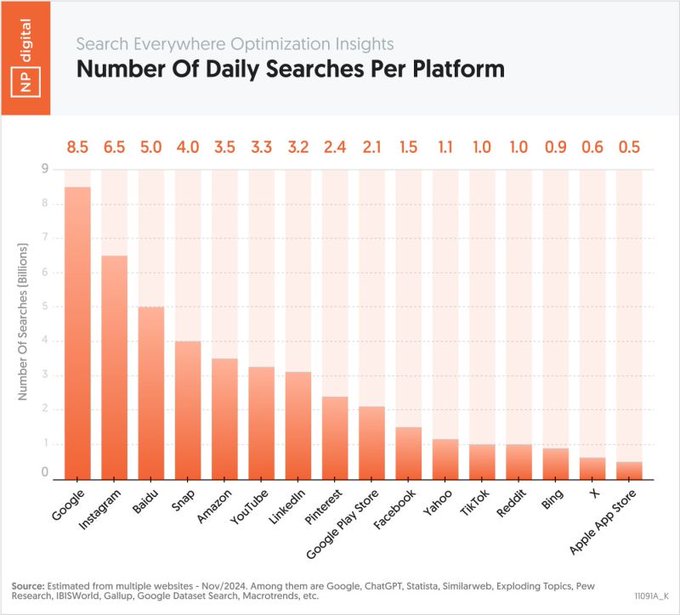Hello, explorers of innovation! Get ready for a thrilling adventure through the jungle of entrepreneurship, where we will uncover together the secrets of healthy startup development. And don’t worry, this guide is useful not only for those dreaming of their unicorn but also for veterans in the business world who want to breathe life into new innovative projects within existing companies.
Phase 1: In Search of the Lost Treasure (aka “who are my customers?”)
I know, I know, you’re eager to start coding, building, creating! But before you venture into the unknown, you need to know where you’re headed. Customers are your compass, your map, your North Star on this journey.
Why does it matter? Imagine you’re a skilled chef, cooking an extravagant dinner… for no one. Kind of sad, right? The same goes for a brilliant product or service that has no one to address.
How do we find them?
- Become detectives: Analyze the market, study reports, read online forums, attend events. Pay attention to what’s being discussed, what needs people have, what frustrations they face.
- Create your ideal customer “avatar”: Give them a name, an age, an occupation, interests. The better you know this imaginary customer, the better you can create a product/service that meets their real needs.
- Get out of the cave! (aka the office) Talk to people, conduct interviews, surveys, organize focus groups. Don’t be afraid to ask, listen, learn.
Phase 2: Language School (aka “how to speak my customers’ language?”)
Found the treasure? Congratulations! Now you need to learn to communicate with it. No, I’m not referring to programming languages (although those are important too), but to your customers’ language.
Why does it matter? Think of a tourist lost in a foreign country who doesn’t know the language. Frustrating, right? That’s how customers feel when they don’t understand what you’re communicating.
How do we learn the language?
- Be observant: Listen carefully to the words and expressions your customers use. Analyze how they communicate with each other, what tone they use, what excites them.
- Adapt your message: Don’t use technical jargon or complicated terms if your audience doesn’t understand them. Be clear, concise, and to the point.
- Listen actively: Communication is a dialogue, not a monologue. Pay attention to customer feedback, their questions, their suggestions.
Phase 3: The Miraculous Fishing (aka “how to attract my customers?”)
Now that you know who your customers are and how to talk to them, it’s time to attract them! Attention is a precious resource these days, so you need to be creative and find the right “hooks.”
Why does it matter? Imagine a fishing rod cast into the ocean without bait. What are your chances of catching anything? The same goes for a product/service that isn’t promoted properly.
How do we fish for customers?
- Experiment: Test different messages, titles, images, offers. Analyze what works and what doesn’t. Be flexible and adapt your strategy.
- Tell stories: People love stories! Create compelling narratives that showcase the benefits of your product/service. Make customers identify with the characters and resonate with your message.
- Offer gifts: (aka free value) Create useful and relevant content for your audience: articles, guides, webinars, ebooks. Demonstrate your expertise and build trust.
Phase 4: The Startup Doctor (aka “what are my customers’ real problems?”)
A successful startup doesn’t just sell a product/service, but a solution to a real problem. So, put on your doctor’s coat and start the consultation!
Why does it matter? Imagine a doctor prescribing medication without knowing the diagnosis. Dangerous, right? The same goes for a startup that doesn’t understand its customers’ real problems.
How do we diagnose?
- Be empathetic: Put yourself in your customers’ shoes. What frustrates them? What keeps them up at night? What prevents them from achieving their goals?
- Listen carefully: Customer feedback is pure gold! Analyze reviews, comments, suggestions. Pay attention to what they say, but also to what they don’t say.
- Analyze data: Use analytics tools to identify trends and patterns in customer behavior.
Phase 5: Secret Agents (aka “what are my competitors doing?”)
You’re not alone in this jungle! There are other explorers looking for treasures. Study them, learn from them, but don’t copy them!
Why does it matter? Competition is an excellent source of inspiration (and warning). By analyzing what others are doing, you can identify opportunities and avoid costly mistakes.
How do we spy on them? (ethically, of course)
- Analyze their websites: What messages do they convey? What offers do they have? What marketing strategies do they use?
- Follow them on social media: How do they interact with their audience? What content do they create? What feedback do they receive?
- Read reviews: What do customers say about them? What do they appreciate? What do they criticize?
Phase 6: The Magnificent Peacock (aka “how to differentiate myself?”)
In a world full of startups, you need to stand out! Find your “superpower” and show it to the world!
Why does it matter? Imagine a crowd of gray birds. Who attracts attention? The peacock, with its multicolored plumage! The same goes in the business world: you need to be unique to be noticed.
How do we transform into peacocks?
- Identify your strengths: What makes you special? What can you offer customers that the competition can’t?
- Create a unique value proposition: Clearly explain the benefits of your product/service and how it solves customer problems better than anyone else.
- Build a strong brand: Create a memorable visual identity and a coherent message that resonates with your audience.
Phase 7: The Trial by Fire (aka “will customers pay for this?”)
Have you made it this far? Congratulations! Now comes the moment of truth. It’s time to test if your brilliant idea translates into revenue.
Why does it matter? Passion and enthusiasm are essential ingredients, but they are not enough. A startup must also be financially viable.
How do we pass the test?
- Launch a beta version: Allow a small group of customers to test your product/service and provide feedback.
- Organize pre-sales: Offer discounts or exclusive benefits for those who sign up before the official launch.
- Analyze sales data: Monitor customer purchasing behavior and identify trends.
Phase 8: The MVP Magician (aka “how to build a minimum viable product?”)
The MVP is the “pocket version” of your product/service, containing only the essential functionalities. 🪄 It’s like a prototype, an experiment, a way to test the idea quickly and at low cost.
Why does it matter? Imagine building a huge airplane without testing it in a wind tunnel first. Risky, right? The same goes for a complex product/service, launched without a testing phase.
How do we do magic?
- Identify essential functionalities: What are the basic functions, without which your product/service would not make sense?
- Build a simple version: Focus on the essentials and leave the “extra” functions aside for later.
- Test and collect feedback: Launch the MVP and pay attention to customer reactions. What do they like? What don’t they like? What suggestions do they have?
Phase 9: The Pivoting Dance (aka “how to adapt to change?”)
The startup world is unpredictable. Be prepared to change direction, adapt, pivot!
Why does it matter? Imagine a ship’s captain navigating a storm. He must be flexible and adjust the course according to conditions. The same goes for a startup: it must be able to adapt to market changes.
How do we dance?
- Be open to feedback: Listen carefully to what customers, investors, mentors say. Be willing to change your plans if necessary.
- Analyze data: Monitor the performance of your product/service and identify areas that need improvement.
- Experiment: Don’t be afraid to test new approaches, new strategies, new functionalities.
Phase 10: The Magic Community (aka “together we are stronger!”)
You are not alone in this adventure! Join a community of entrepreneurs, mentors, investors. Share experiences, learn from each other, support each other.
Why does it matter? Imagine a mountaineer climbing a mountain alone. It’s much more difficult and dangerous than if he had a team with him. The same goes in the startup world: the community offers you support, inspiration, and motivation.
How do we find the community?
- Attend events: Meetups, conferences, workshops. These are excellent opportunities to meet other entrepreneurs and connect with them.
- Join online groups: There are numerous groups on Facebook, LinkedIn, Slack dedicated to startups. Share experiences, ask questions, offer advice.
- Find a mentor: A mentor is an experienced person who can guide you and offer valuable advice.
From Seed to Flower, with Patience





